GEOPHYSICAL
Version English | Spanish | Portuguese
"The Geodynamics, studies the interaction of stress and strain in the Earth's mantle and cause movement of the lithosphere." - Wikipedia
Few companies that are dedicated to carefully study the coldest parts of the planet, in this case, we are referring to our ice glaciers or continents.
Useful and necessary to study and analyze the variations in the surface of the ground frost, ice thickness and how they vary over time to better understand the changes occurring on our planet as a result of Global Warming.
But how we perform such a study? Is there any form, media or tool able to perform such a campaign?
 |
| Test Satellite Cryosat |
The CryoSat satellite is currently far, our best option to study and analyze the physical properties of ice masses on our planet. The satellite belongs to the European Space Agency (ESA) which has radar technology designed to study the frozen regions of the earth, and the surface variations, ice thickness, mass and how it varies with time (1)
They were also in such studies NASA with its satellite ICESat which provided an active system laser measurement to estimate the thickness of the ice sheets, but its effectiveness was limited by the weather conditions at the surface of the Earth and the problems with your laser. (1)
By this time the satellite is not operating.
The Cryosat satellite carrying a SAR Interferometric Radar Altimeter, which can measure the ice surface from space without any problems and can measure and monitor changes in sea ice thickness with an accuracy of a few centimeters of the ice sheets of Greenland and Antarctica
And how Interferometric Radar Altimeter Work?
This instrument can send thousands of radar pulses to the surface of the Earth every second, accurately measuring the time it takes to receive the returning echoes.
Since the satellite's position in space is known, you can draw a map of the surface of the ice on a global scale with an accuracy of a few centimeters.
To measure the height of the ice surface, the satellite Cryosat, has a Doppler Orbitography and radiolocation Integrated Satellite, which can detect and measure the Doppler shift in the signals emitted by a network of beacons located in different parts of the world allowing pinpoint the satellite's orbit. Thus being able to measure the height of the ice surface.
The curious thing about this TV is that it has a weight of 700 kg and orbits the earth at about 700 Km.
Knowing the dynamics of ice masses helps us understand the impact of global warming on these icy regions of the planet
Currently this satellite helped to identify the region of Antarctica and Greenland lost an average of about 500 cubic kilometers of ice per year due to climate change, according to what can the European Space Agency.
In a statement it was revealed that between January 2011 and January 2014 Greenland ice sheet reduces to about 375 cubic kilometers of ice per year.
As mentioned the European Space Agency?
"It is important to evaluate how changing the raised surface and the thickness of the ice in Greenland to understand how they contribute to sea level rise" (2)
I was supposed to have a natural balance on the planet, or at least in our icy regions, because when ice volume is lost through discharge mass of the same ocean ice mass is gained when snowfall occurs ; but the reality is different.
"The western mantle of Antarctica and the peninsula of Antarctica, far to the west, is losing volume quickly. However, the eastern part of Antarctica is gaining volume, albeit at a moderate rate does not compensate the losses of the other parties the continent "- Angelika Humbert, a research fellow.
Everything has to have an explanation. Why this imbalance? The answer is obvious Warming
Global.
And Geophysics has something to do with all this? Sure. In the study of glaciers.
Thanks to this TV lets us know the reality of our frozen regions and realize the small balance that has our planet with humans. What ya think?
REFERENCES
(1) http://es.wikipedia.org/wiki/Sat%C3%A9lite_CryoSat-2
(2) http://www.rcnradio.com/noticias/el-satelite-cryosat-muestra-que-la-antartida-pierde-500-km3-de-hielo-al-ano-156698
Traductor de Google para empresas:Google Translator Toolk







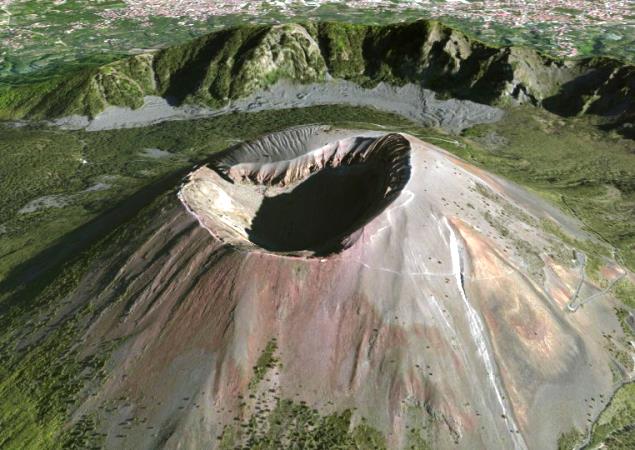
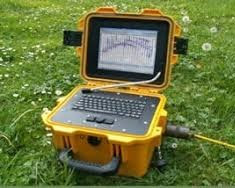







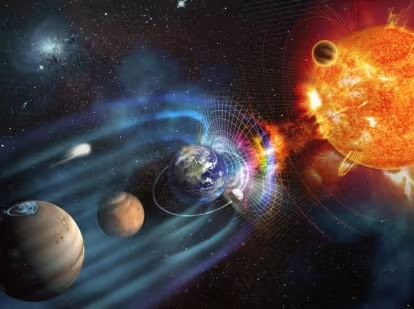
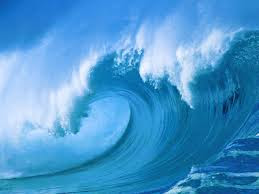

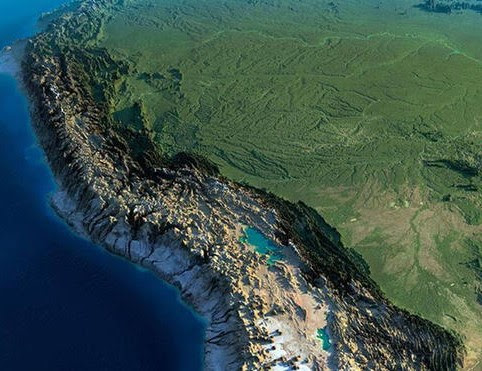







.jpg)



0 Comments:
Publicar un comentario
No olvides de escribir tu opinión personal de nuestro blog, una página o información que desees comprtir. Todos los éxitos para ti. Gustavo Zavala.